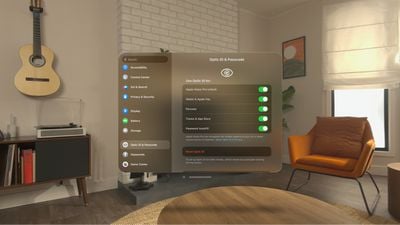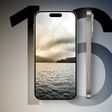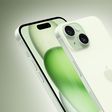Following the launch of the Vision Pro, Apple has shared additional details about the headset's Optic ID iris authentication option.
![]()
Optic ID can recognize the uniqueness of your irises, the colored part of your eyes, allowing you to quickly unlock your Vision Pro, authorize Apple Pay purchases, sign in to many third-party apps, access sensitive personal data, and more. Apps that support Face ID and Touch ID on the iPhone and iPad automatically support Optic ID. After setting up Optic ID, it also becomes a requirement in order use your Persona.
"In the same way that Touch ID revolutionized authentication using a fingerprint and Face ID revolutionized authentication using facial recognition, Optic ID revolutionizes authentication using iris recognition," says Apple. "Optic ID provides intuitive and secure authentication that uses the uniqueness of your iris, made possible by Apple Vision Pro's high-performance eye-tracking system of LEDs and infrared cameras."
Optic ID scans both of your eyes by default. Given that the size of your irises and pupils change in various lighting conditions, Apple says Optic ID adapts by updating your enrolled template after each successful authentication. Apple ensures that all biometric data is encrypted and never backed up to iCloud or anywhere else.
There is an accessibility option for using Optic ID with one eye only that can be turned on in the Settings app under Accessibility → Eye Input. Optic ID can also be kept off entirely, in which case you authenticate with a passcode only.

For users who require vision correction, Optic ID works with the Vision Pro's ZEISS optical inserts and prescription soft contact lenses.
Apple says Optic ID uses "advanced hardware and software" for iris recognition.
"When you set up Optic ID, spatiotemporally modulated eye-safe near-infrared light illuminates the eye, so that the Apple Vision Pro eye cameras can capture images of your iris," says Apple. "This iris image data is sent to and processed on the Secure Enclave and a portion of the Apple M2 chip's neural engine that's protected within the Secure Enclave, where it is transformed into a mathematical representation for enrollment. When you authenticate with Optic ID, the authentication attempt uses the same process to compare your iris to the enrolled biometric data to determine whether there is a match."
Optic ID complies with international safety standards and "won't cause harm to the eyes or skin due to the low output of the emitters," according to Apple.
Apple says that a probability that a random person could unlock your Vision Pro using Optic ID is less than one in a million, similar to Face ID. The company explains that Optic ID matches against "detailed iris structure in the near-infrared domain," which "reveals highly unique patterns independent of iris pigmentation."
Optic ID allows a maximum of five unsuccessful match attempts before a passcode is required. As an additional layer of protection, you can set the Vision Pro to erase all information, media, and personal settings after 10 consecutive failed passcode attempts.
You also need to enter your passcode when:
- The device has just been turned on or restarted.
- The device hasn't been unlocked for more than 48 hours.
- The passcode hasn't been used to unlock the device in the last six-and-a-half days and Optic ID hasn't unlocked the device in the last 4 hours.
You may still be able to use Optic ID in these cases if your iPhone is nearby, as Apple explains in its support document about setting up and using Optic ID.






















Top Rated Comments
Ideally, when I put on the device I want it to be ready right-away. Hello iris scan. ?